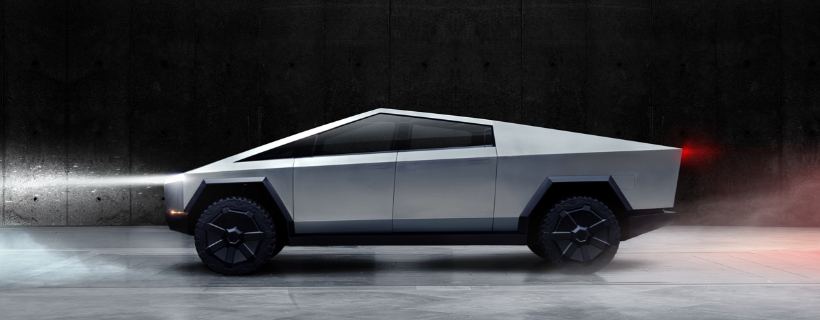The margin roadmap
Going into earnings, investors continued to be focused on profitability. The reason is the central profitability metric, auto gross margins ex credits, came in line with expectations for the June quarter (18.2% vs. the Street at 18.0% ), down from 19.3% in March and 23.8% in December 2022.
Similar to last quarter, CFO Zach Kirkhorn declined to give an auto gross margin target for the back half of the year, reiterating for the second straight quarter there are factors outside the company’s control when it comes to margins, notably interest rate impact on demand and materials costs. Additionally, some production will be paused in the September quarter for factory upgrades related to Highland, the Model 3 update. Reading between the lines I expect auto margins to be in the 17-18% range for the September quarter, compared to the just reported 18.2%.
Over the next year and a half, I expect auto gross margin ex credits to inch higher, exiting 2024 around 20%. The one wild card is Cybertruck production. The more they produce next year will likely cap margin upside during the truck’s first year as production will have sub-scale margins.
